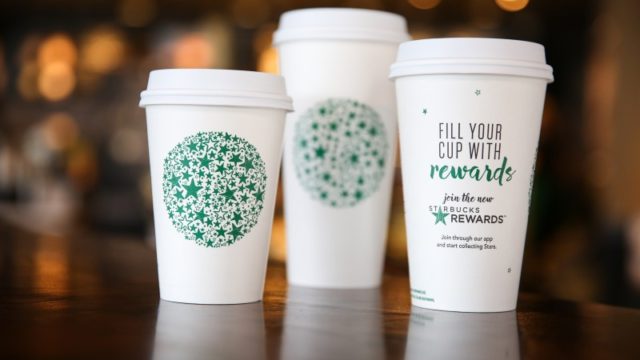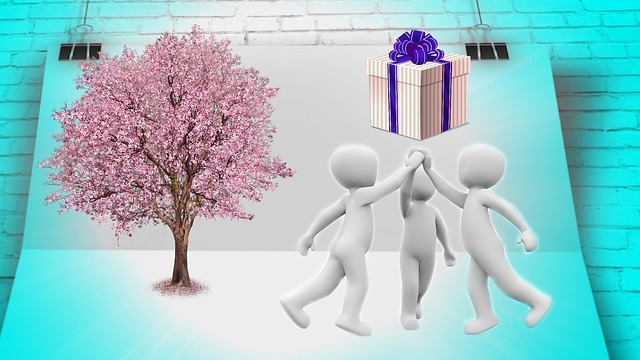Changes are coming to Starbucks Rewards. On April 16, Starbucks Rewards will be expanding its reward structure to five levels. A few other changes will be made to the program too. Will these changes make this leading loyalty program even better? What might be motivating these changes? How will the changes affect the program and its members? In this post, I attempt to dissect these changes and offer my assessment of the new Starbucks Rewards program design.
What Changes Exactly?
The biggest change to the program is the addition of more reward thresholds. Instead of a single reward threshold of 125 stars, it will feature five levels of rewards ranging from 25 to 400 stars. The new program will also erase the current difference between a Gold member and a base member, allowing both to enjoy the same set of benefits. The table below compares the current vs. the new program structure.
More Complex Reward Thresholds
The new design significantly expands the reward structure of the program from one to five levels. What could be driving this change?
Continue reading “A Closer Look at Starbucks Rewards Program Redesign”


